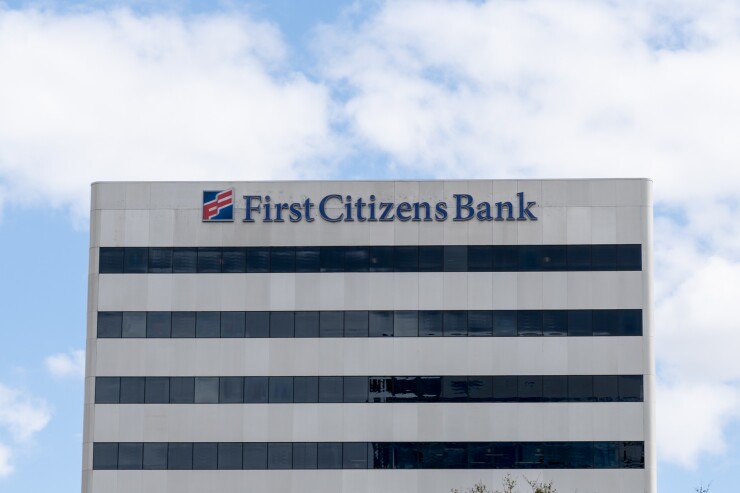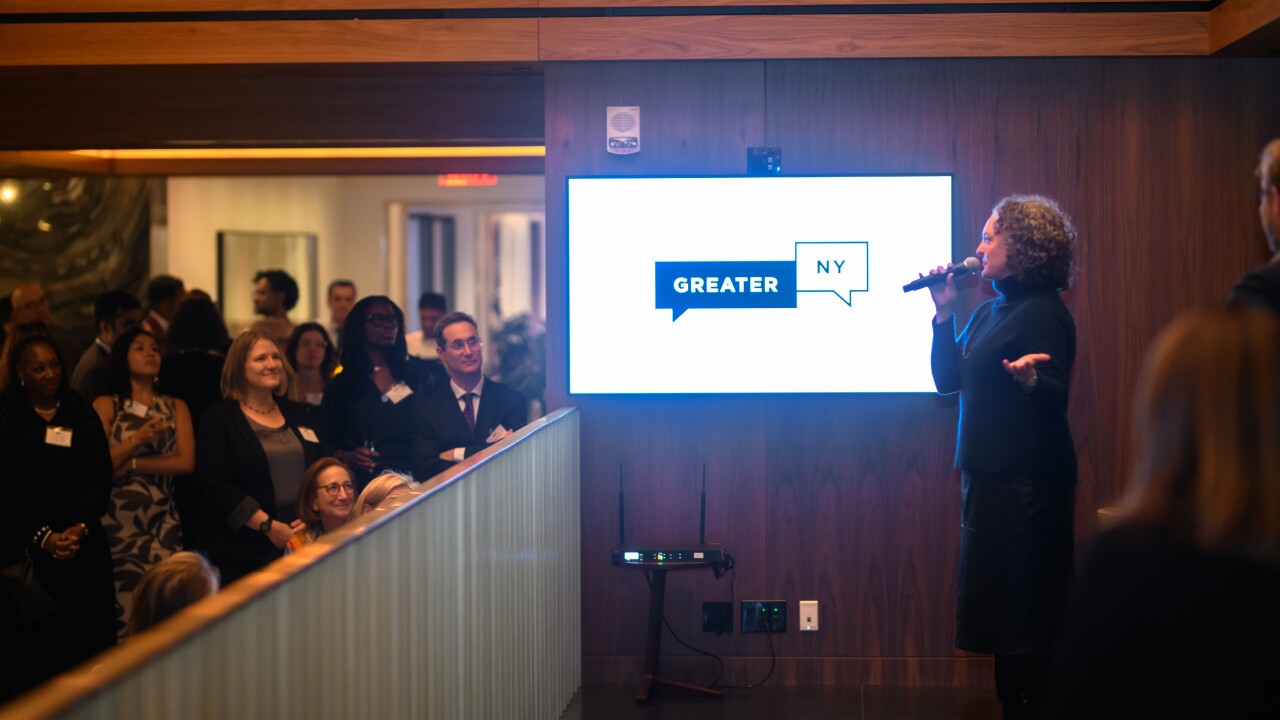- Key insight: Two more regional banks disclosed credit losses related to the bankruptcy of First Brands, the U.S. auto parts maker that filed for bankruptcy amid allegations that it engaged in fraud.
- What's at stake: The list of large and regional banks with exposures to First Brands continues to grow. Affected banks, however, say the losses appear to be contained.
- Forward look: Net charge-offs in the fourth quarter should return to more normal levels, one bank said.
First Citizens BancShares reported a steep increase in net charge-offs during the third quarter, with the bulk of the hike stemming from the bank's exposure to the troubled First Brands Group.
Net charge-offs totaled $234 million for the period ending Sept. 30, an increase of $89 million, or 61.4%, compared with the same quarter last year. The driver was a single charge-off of $82 million tied to the bankruptcy of First Brands, according to the bank.
First Brands, a U.S. auto parts maker, filed for bankruptcy in September amid allegations that it engaged in fraud.
The banking industry has been grappling in recent weeks with the fallout from the First Brands situation, as well as two other alleged borrower loan fraud cases that have bubbled to the surface. Last week, fears of widespread credit losses tanked bank stocks and
First Citizens was not the only bank to make disclosures Thursday about losses connected to First Brands. South State said during its earnings call that its $32.2 million in charge-offs in the third quarter were "primarily attributable to one credit," which executives acknowledged was a loan to First Brands.
"That news happened pretty fast," South State CEO John Corbett said during the call. "We're going to use it as a learning lesson for our credit team and management associates."
Corbett added that the First Brands exposure was the "only supply chain finance credit" in the bank's portfolio.
Similarly, First Citizens executives tried to assure investors that the loss disclosed Thursday is contained.
"We don't believe this loss is reflective of broader issues within our supply chain finance portfolio, and we're confident in the strength of our broader loan portfolio," Craig Nix, First Citizens' chief financial officer, told analysts during the company's third-quarter earnings call.
First Citizens' supply chain portfolio consists of $300 million of loans across 24 borrowers, the company said.
"We don't have the level of concentration in the remainder of that portfolio that we did with First Brands," Andrew Giangrave, First Citizens' chief credit officer, said on the call. "Certainly we did a deep dive, post-First Brands, and feel very comfortable with the remainder of that portfolio."
The increase in net charge-offs resulted in a larger provision for credit losses. The provision rose from $123 million in the year-ago period to $214 million during the third quarter of this year.
Looking ahead, First Citizens predicted that its net charge-offs will decline in the fourth quarter, and wind up in the range of 35-45 basis points, versus 65 basis points in the third quarter.
For the third quarter, the bank reported net income of $568 million.
That was down 11.1% year over year as a result of the higher provision, as well as a 3.5% reduction in net interest income, which totaled $1.7 billion. Earnings per share were $43.08, topping the average estimate of $42 that was predicted by analysts polled by S&P Capital IQ.
Noninterest income during the quarter grew to $699 million from $650 million in the same quarter last year. Noninterest expenses totaled $1.5 billion, up about 2.4% year over year.
First Citizens' executives received few questions Thursday about the company's recently announced plan to
As part of the sale terms, First Citizens will assume approximately $5.7 billion in deposits and purchase about $1.1 billion in loans. The two companies have not disclosed a purchase price. First Citizens currently has 519 branches in 23 states.
Read more about bank earnings here:
Bernard Von Gizycki, a Deutsche Bank analyst, wondered during the call Thursday about First Citizens' interest in doing more bank-branch deals or whole-bank acquisitions. Much of First Citizens' growth over the past five years has come from M&A, including the
"Beyond BMO, we have no specific M&A plans," said Nix.
Right now, the company is focused on getting ready for the imposition of additional regulations that will come with being designated as a Category III bank, which will happen when First Citizens surpasses $250 billion of assets, as well as capital efficiency, Nix said.
"We don't have a specific timeline on when we'll get back in the market," he added. "But when we do enter the market, we will be the same opportunistic buyer focused on accretive M&A that brings more scale and enhances our ability to compete, and makes us a better bank."
Nathan Place contributed to this report.






